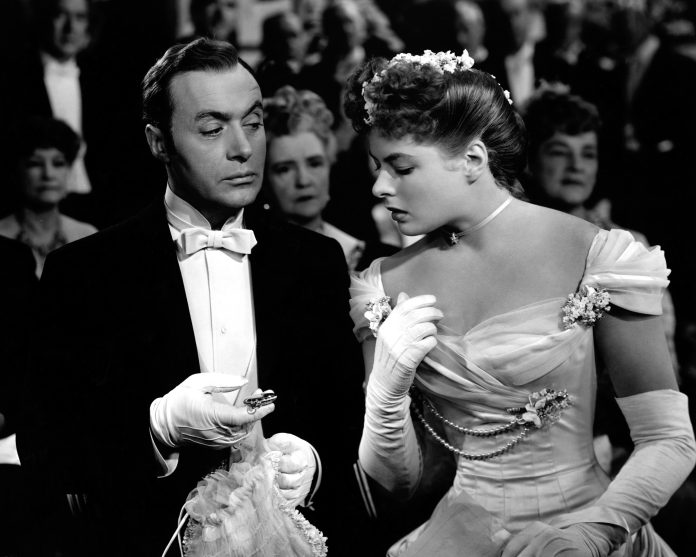Estimated reading time: 4 minutes
Gaslight (1940), directed by Thorold Dickinson, is a British psychological thriller about a married couple, who just moved to a mysterious apartment in London, where some years ago an old lady was murdered. Gaslight (1944) is the American remake produced by Metro-Goldwyn-Mayer Studios (MGM) and directed by the legendary George Cukor (My Fair Lady, The Philadelphia Story). Both films are based on the 1938 play of the same name by Patrick Hamilton. The British version tracks much closer to the source material to it than the American remake.
Both films have to do with a couple who just got married and are making a new start at in a London home where a woman died some years ago. In these two movies the script includes the process through which, the wife is manipulated/ “gaslighted” by her husband to believe she is forgetful, a kleptomaniac, and ultimately insane. Watching the abuse is an upsetting experience, as the wife is literally isolated with no one to save her, until a guardian angel comes out of nowhere and opens her eyes. The husband appears to know much more things than the wife does, while his motives remain the same in the two films.
There are some memorable scenes, such as the interrogation of the servants concerning a lost item in the house, the flirting between the husband and the young maid, the meltdown of the wife at a public event, and the intense confrontation at the finale. All these scenes take place not only in the British, but also in the American version and they are well made. But if we compare the two films, we will observe some major differences.
At first we have different names. In the 1940 movie the protagonist couple are named Paul and Bella, while in the 1944 film, they are Gregory and Paula. In the 1940 version there is the murder of an old lady, but in the remake the victim is a famous opera singer.
Concerning Gaslight (1940), It is implied that Bella is Australian and has no previous relation to the old woman murdered in the house in London, but in the 1944 remake, Paula inherited the house from her aunt, who was the opera singer and the victim.
What differentiates the two versions the most is the narrative. This is the aspect in which the British version failed, since we learn no information about their romance, their marriage and the events that preceded their decision to buy the apartment in London. The story feels unconvincing, since their background is omitted. On the contrary, the remake focuses on the prior stages of their romance with all the warning signs, the decision to move to the new place in London and the scene with the letter.
What I found particularly interesting is how differently the abuse is presented. In the British film Paul abuses Bella in a very hot blooded and potent way. In the American version Gregory abuses Paula in a more subtle way, and at first it is concealed from the viewers. Someone could even believe he is innocent, when he is actually gaslighting her in an insidious way. In the British version the husband is blatantly mistreating his wife, while in the American one he is presented mostly as a two-faced person.
Another important detail is that in Dickinson’s 1940 adaptation, Paul’s deception is revealed by Rough, a former detective who was also involved in the case of the murder of the old lady. In Cukor’s 1944 remake, this happens because of Brian Cameron, an Investigator of Scotland Yard and a fan of the murdered opera singer since he was a kid.
To sum up, I wanted to say that the American remake is a much more comprehensive and well applied version, still each film holds significant value because of the performances. Anton Walbrook and Diana Wynyard were breathtaking as Paul and Bella in the 1940 movie. Charles Boyer and Ingrid Bergman were also captivating as Gregory and Paula respectively in the remake. I enjoyed the confrontation scene in the finale, because each of the actresses expresses the feelings of a betrayed woman in her own way and that was mesmerizing.


